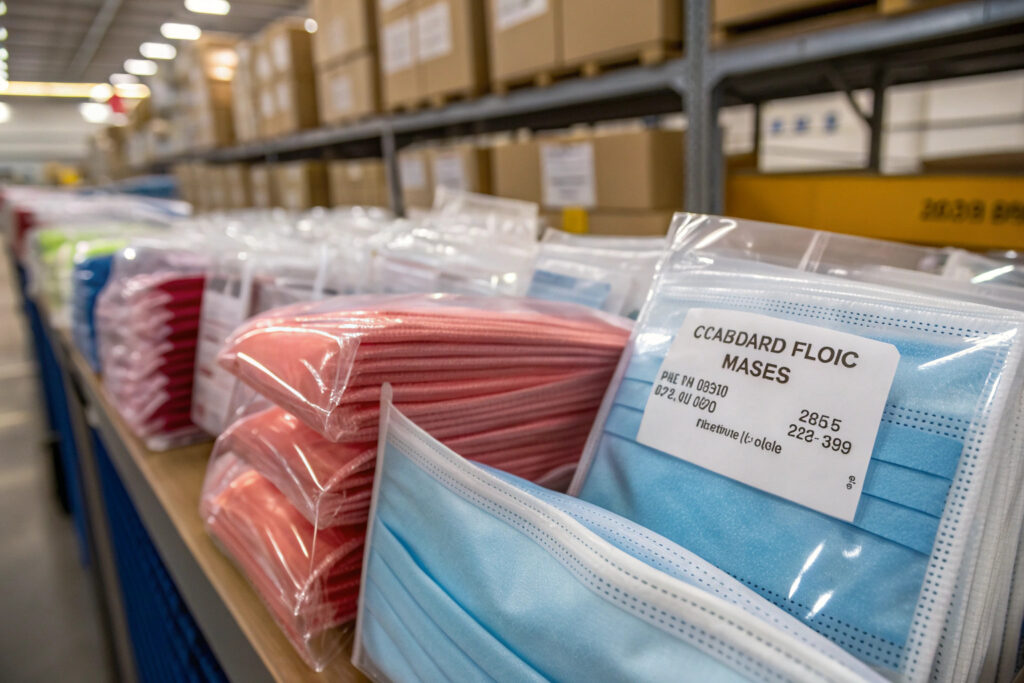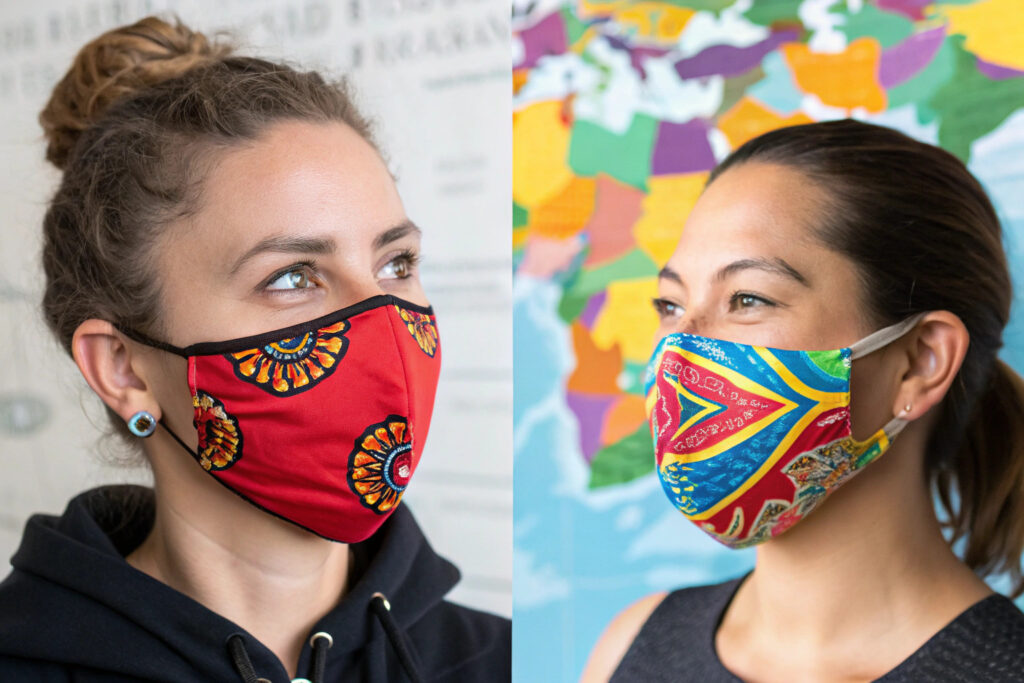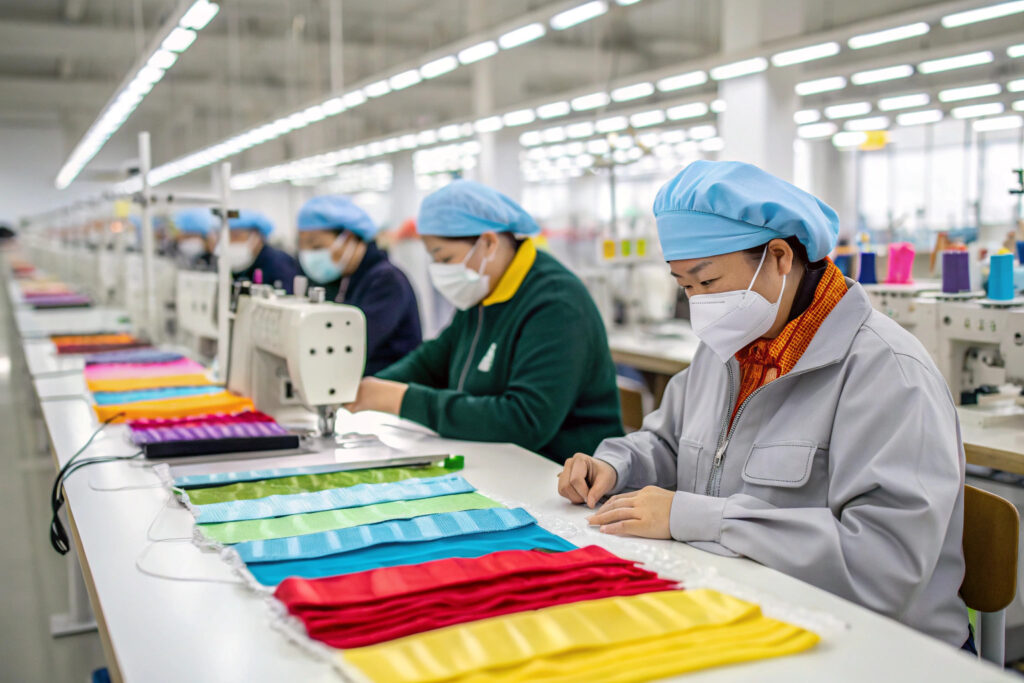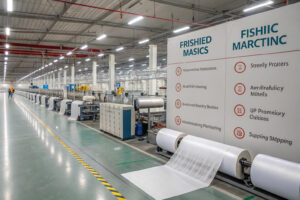In the competitive global fabric mask market, many buyers are puzzled by why the minimum order quantity (MOQ) varies so much between standard designs and custom-designed fabric masks. This uncertainty can cause hesitation in placing orders, especially when balancing budget constraints with the desire for unique branding. If you’ve ever felt frustrated by unclear MOQ requirements, you’re not alone.
The main reason for MOQ differences lies in production complexity, fabric sourcing, and customization steps. Standard designs often use pre-dyed, readily available materials, allowing for lower MOQs. On the other hand, custom-designed masks require unique fabrics, printing, or embroidery processes, leading to higher setup costs and larger minimums to offset production expenses.
By understanding these differences, you can better plan your purchases, negotiate with suppliers, and avoid surprises in your supply chain. Let’s explore how MOQs are determined for each type and what strategies you can use to balance cost with creative freedom.
Why Do Standard Fabric Masks Have Lower MOQ?
Standard masks are typically produced in bulk using common fabrics, colors, and designs already stocked by the factory. This means there’s no need for special fabric orders, custom dyeing, or unique printing plates. Manufacturers can allocate part of a larger production batch to multiple clients, reducing the MOQ per buyer.
Standard designs benefit from shared production runs. Since multiple buyers may request similar products, the cost of setup is spread across larger quantities, and existing inventory helps speed up delivery.

What factors keep MOQs low for standard designs?
Factories keep MOQs low for standard designs because they work with pre-sourced fabrics and common colors. For example, suppliers listed on Alibaba.com often offer standard mask styles starting from as low as 100 pieces. With ready-to-ship inventory, it’s easy to meet smaller orders without disrupting production schedules. This model works especially well for seasonal restocks and B2B wholesale purchases where speed is important.
How does shared production reduce MOQ?
Shared production runs mean that even if one client orders only 200 masks, their masks are made alongside another buyer’s 3,000-piece order. This batch-sharing approach, often promoted by sourcing networks like Global Sources, allows factories to optimize machine time, reduce waste, and lower per-unit costs. The MOQ is effectively “shared” among different orders, benefiting smaller buyers.
Why Do Custom Designed Fabric Masks Require Higher MOQ?
Custom designs involve more steps: creating exclusive patterns, sourcing special fabrics, dyeing or printing in unique colors, and sometimes developing new molds for accessories like adjustable ear loops. Each of these steps increases setup costs and demands higher quantities to make the project economically viable.
Factories raise MOQs to cover setup costs and minimize idle machine time. They also account for leftover materials that might not be reused for other clients.

Why does customization raise production costs?
Custom orders require additional design labor, material procurement, and sometimes custom printing plates or embroidery programs. For example, screen-printed logos require minimum ink batches, and digital printing on fabric still needs minimum yardage runs. According to Fibre2Fashion, such setups can’t be justified for very small runs, which is why factories set MOQs from 500 to 5,000 units.
How do fabric sourcing and dyeing affect MOQ?
When your custom mask needs a fabric not in stock, the mill may impose its own MOQ for weaving or dyeing—often 1,000 meters or more. This fabric MOQ, detailed by textile sourcing platforms like Texindex, directly impacts the mask MOQ, as one fabric roll can produce thousands of masks.
How to Negotiate Lower MOQ for Custom Orders?
While factories set higher MOQs for custom designs, skilled buyers can negotiate more flexible terms by combining smart ordering tactics with relationship building.
MOQ negotiation is possible when you show commitment, offer larger future orders, or adjust the design to use existing materials.

Can combining orders with other buyers help?
Yes, pooling orders with other buyers who need similar custom features can help reach the MOQ faster. Sourcing agents listed on Made-in-China.com sometimes coordinate group orders, allowing multiple businesses to share the same production batch while still personalizing elements like packaging.
How can simplifying design reduce MOQ?
Simplifying your custom design—such as choosing from the supplier’s existing fabric colors instead of custom dyeing—can significantly lower the MOQ. As explained by Sourcing Journal, reducing customization steps minimizes the factory’s risk, making them more open to smaller runs.
Which Option Is Better for Your Business?
Choosing between standard and custom designs depends on your branding needs, budget, and order frequency. Standard designs offer faster turnaround and lower financial commitment, while custom designs give you exclusive branding and differentiation in the market.
Your decision should align with sales forecasts and target audience expectations. Understanding the MOQ differences helps you make a strategic choice.

When should you choose standard designs?
If you’re testing the market or need quick restocks, standard designs from platforms like DHgate let you start small and scale quickly. They work well for promotions, seasonal trends, and events with short lead times.
When is custom worth the higher MOQ?
Custom is worth it when you need brand exclusivity, higher perceived value, and long-term product positioning. For example, Printful allows fully branded mask designs that strengthen your company identity and can justify higher retail prices.
Conclusion
The MOQ gap between standard and custom-designed fabric masks is driven by production logistics, material sourcing, and customization costs. Standard designs can start as low as 100 units, while custom orders may require 500–5,000 units or more. Knowing these differences allows you to plan better, negotiate smarter, and align purchases with your sales strategy.
If you’re ready to produce your own line of high-quality fabric masks with a trusted partner, contact our Business Director Elaine at elaine@fumaoclothing.com to discuss your project and secure competitive terms with Shanghai Fumao.


























